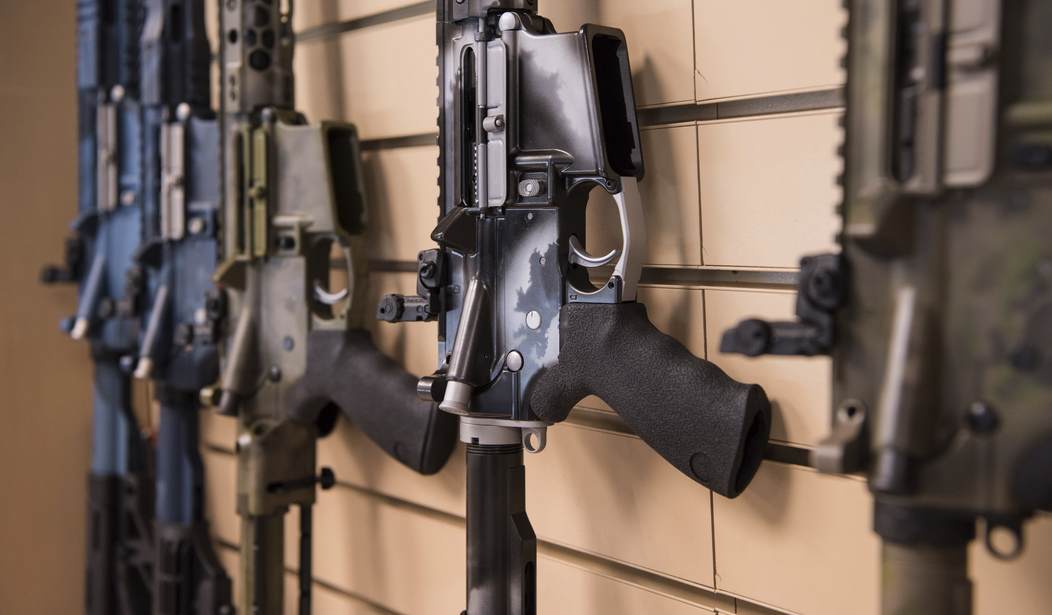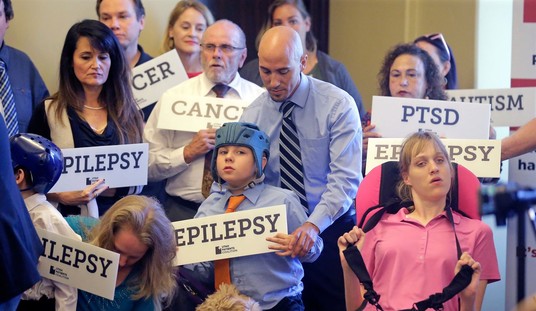I know there are pro-gun people in California, but only because I've interacted with them to some degree or another. If I hadn't, it would be easy to think of the entire state as being an anti-gun vortex, where your rights get sucked into nothingness.
But that's not entirely true. Like most states, there is more anti-gun sentiment in urban centers than in the more rural parts of the state.
One might imagine that the media is a little different, though. We've seen many small-town papers try to justify gun control, after all, so it's got to be worse in California, especially for politically focused publications.
That's what I would have thought, but then I came across this piece from Capitol Weekly.
California Gov. Gavin Newsom has made national headlines touting his plan to add a 28th Amendment to the U.S. Constitution that would implement what he’s called “common sense constitutional protections and gun safety measures that Democrats, Republicans, independent voters, and gun owners overwhelmingly support.”
His proposal essentially seeks to enshrine at the federal level several of California’s gun laws, including what the governor and the state call a ban on assault weapons.
But there is not universal agreement that California’s gun laws actually amount to a functional ban on assault weapons. As political columnist Dan Walters wrote in an August 21, 2023 column about Newsom’s constitutional proposal for CalMatters, “California’s assault rifle ban is something of a joke. The targeted firearms are readily available in gun stores after undergoing a few cosmetic alterations that do nothing about their lethality.”
Gov. Newsom would surely disagree. But then it is hard to even gain consensus on exactly what defines an assault weapon.
So are California’s restrictions on what it calls “assault weapons” substantive? Or is Walters’ assessment of them on target?
Capitol Weekly decided to investigate.
And investigate they did.
First, let me give writer Brian Joseph a shout-out for actually doing his homework. Far too many people covering such a story would regurgitate anti-gun talking points, listening to Giffords or Everytown's rhetoric without really delving into the reality.
Joseph, however, actually notes the difference between the term "assault weapon" and "assault rifle," one that many people don't think exists, and notes that a bump stock doesn't actually turn a firearm into a machine gun.
He also touches on the history of the AR-15 and avoids a lot of the doom-and-gloom many others try to inject into the discussion.
But this is a story about California's gun control laws regarding so-called assault weapons, and there things get interesting.
Lara Smith is a Sacramento-area lawyer and the national spokeswoman for the Liberal Gun Club, which describes its mission as providing “a pro-Second Amendment voice for left-of-center gun owners.” From California, Smith and her husband Ed, a Marine Corps veteran, brought two California-complaint AR-15s to Las Vegas: one with a fixed magazine and one with a detachable magazine.
In Las Vegas, we met the Smiths at The Range 702, a shooting range just off the Strip, where another one of Hlebinsky’s associates, Kris Chanski, is the chief operating officer. (The range is about a 10-minute drive from the site of the October 2017 mass shooting on the Strip.)
Chanski provided for us an M4 machine gun that she has special permit to operate (it’s primarily used by tourists) and introduced us to range’s safety officer, Jeffrey Basinga, who brought along his non-California-legal AR-15.
Also joining us for the shooting exercise was Las Vegas local Michael Sodini, the CEO and chairman of the board of Walk the Talk America, a nonprofit dedicated to reducing suicides by improving the availability of mental health care to gun owners.
This is not your typical NRA crowd. In fact, a lot of the folks there weren't fans of the NRA for various reasons.
The Smiths brought two California-compliant rifles with them, so Joseph got an opportunity to see the differences for himself.
And yes, some of those differences are profound.
They explained that with the telescoping shoulder stock, Basinga’s non-California-legal rifle could be adjusted to comfortably fit whoever was shooting it. For shorter people with shorter arms (like this reporter), the stock could be brought in, allowing the shooter to square his or her shoulder with the rifle for better control. The pistol grip, meanwhile, allowed the shooter to hold the rifle firmly, not only within the hand but also against the body.
The Smiths’ California-legal rifles were noticeably different, especially when held next to Basinga’s. The one with a detachable magazine had an immovable shoulder stock, which would make it difficult for a short-armed shooter to fire, as well as a “paddle” grip at the trigger, which literally prevents a shooter from wrapping his or her hand around the handle of the gun.
...
The Smiths’ other California-legal AR-15 also had a wonky grip, known as a “featureless” grip. Featureless grips don’t have a fin, but are wide and angled, forcing the web of the shooter’s hand to be higher than the trigger, which, in turn, makes the shooter extend his or her trigger further than would be required with a pistol grip.
In theory, featureless grips make you shoot slower. Our gun experts disagree.
“What it actually does is make the gun harder to control,” Lara Smith said.
And let's understand something about "harder to control" on a firearm.
Control of a firearm increases accuracy. With a gun, some might try to argue this makes it more lethal, which isn't quite true. The round is just as lethal as it is out of a less controllable firearm. The difference is that a lack of control leading to a lack of accuracy means an increased chance of someone being hit who was never intended to be a target.
In a perfect world, there's no chance of innocent bystanders being hurt, but the reality is often quite different, particularly if you need to use a firearm for self-defense.
Admittedly, that's probably a bit of an outlier. Most people who don't have good control just don't shoot accurately but still hit the target. The chances of someone else being hurt is minimal.
That doesn't make it fine, though. What that means is that there's a greater chance that a bad guy who threatens the shooter will be able to carry through with his threats because the weapon's accuracy doesn't stop the attack.
None of which made it into the report, though Joseph did compare the rifles and their varying degrees of accuracy, as well as taking Chanski's M4 for a spin.
He acknowledged that full-auto is nothing at all like shooting an AR-15.
It's a long piece, but one that I happened to find particularly well-written. I suggest you read the whole thing. No conclusions are given, of course, but I think there's enough there that people can reach one for themselves, especially with regard to how much the anti-gun lobby has lied to the American people about firearms.
Check it out.








Join the conversation as a VIP Member